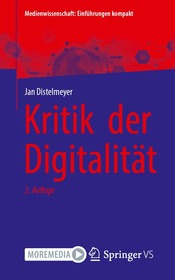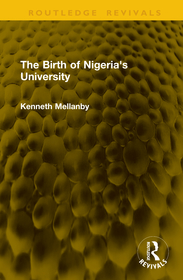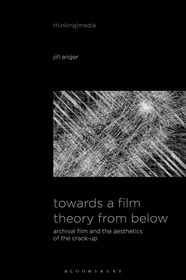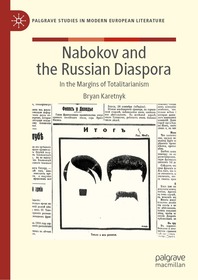
Minting, State, and Economy in the Visigothic Kingdom
From Settlement in Aquitaine through the First Decade of the Muslim Conquest of Spain
Series: Late Antique and Early Medieval Iberia;
- Publisher's listprice GBP 42.99
-
20 538 Ft (19 560 Ft + 5% VAT)
The price is estimated because at the time of ordering we do not know what conversion rates will apply to HUF / product currency when the book arrives. In case HUF is weaker, the price increases slightly, in case HUF is stronger, the price goes lower slightly.
- Discount 10% (cc. 2 054 Ft off)
- Discounted price 18 484 Ft (17 604 Ft + 5% VAT)
Subcribe now and take benefit of a favourable price.
Subscribe
20 538 Ft

Availability
Not yet published.
Why don't you give exact delivery time?
Delivery time is estimated on our previous experiences. We give estimations only, because we order from outside Hungary, and the delivery time mainly depends on how quickly the publisher supplies the book. Faster or slower deliveries both happen, but we do our best to supply as quickly as possible.
Product details:
- Edition number 1
- Publisher Routledge
- Date of Publication 1 December 2025
- ISBN 9781041182924
- Binding Paperback
- No. of pages422 pages
- Size 234x156 mm
- Language English 700
Categories
Short description:
This study of the Visigothic kingdom's monetary system in southern Gaul and Hispania from the fifth century through the Muslim invasion of Spain fills a major gap in the scholarship of late antiquity.
MoreLong description:
This study of the Visigothic kingdom's monetary system in southern Gaul and Hispania from the fifth century through the Muslim invasion of Spain fills a major gap in the scholarship of late antiquity. Examining all aspects of the making of currency, it sets minting in relation to questions of state, monarchical power, administration and apparatus, motives for money production, and economy. In the context of the later Roman Empire and its successor states in the West, the minting and currency of the Visigoths reveal shared patterns as well as originality. The analysis brings both economic life and the needs of the state into sharper focus, with significant implications for the study of an essential element in daily life and government. This study combines an appreciation for the surprising level of sophistication in the Visigothic minting system with an accessible approach to a subject which can seem complex and abstruse.
MoreTable of Contents:
Acknowledgements, List of Figures, Introduction I - Pre-Regal Visigothic Coinage The Fifth-century Kingdom in Gaul The Kingdom in Spain, 507-c. 573 II - The King's Coinage: The Beginning and Development of the Regal Coinage (c. 573-c. 720) Transition to a Regal Coinage Regal Coin Types A Trimetallic System? III - The Activities of the Mints From c. 573 to c. 720 The Operation of the Mints The Record of Mint Output The Organization of the Mints Metrological and Metallurgical Standards IV - Why Were Gold Coins Struck in the Visigothic Kingdom? The Late Roman Context Other Reasons for Minting The Addition of Bronze to the Corpus Visigothic Minting in the Context of Contemporary Monetary Systems V - Royal Control of Visigothic Minting The Evidence The Significance of Centralized Monetary Authority VI - Coinage in Spain in the Aftermath of the Islamic Conquest VII - Visigothic Currency in the Early Medieval Economy The Other Side of the Coin Use and Circulation of Currency in the Kingdom Bronze Currency in Spain and its Mediterranean Context, Conclusion, Appendix I, Appendix II, Bibliography, Index
More









